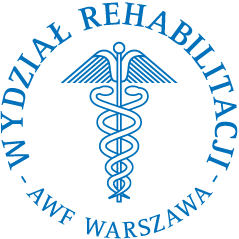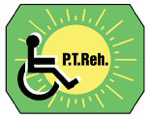


|
Current issue
Archive
Manuscripts accepted
About the journal
Editorial board
Reviewers
Abstracting and indexing
Contact
Instructions for authors
Publication charge
Ethical standards and procedures
Editorial System
Submit your Manuscript
|
2/2021
vol. 35 abstract:
Original paper
Diastasis recti abdominis - what may cause it in postpartum women?
Dominika Gruszczyńska
1
,
Aneta Dąbek
1
,
Witold Rekowski
1
Advances in Rehabilitation, 2021, 35(2), 24–31
Online publish date: 2021/03/11
View
full text
Get citation
ENW EndNote
BIB JabRef, Mendeley
RIS Papers, Reference Manager, RefWorks, Zotero
AMA
APA
Chicago
Harvard
MLA
Vancouver
Introduction
Diastasis recti abdominis (DRA) is both a structural and a functional disorder. It is believed that the main cause of DRA is the extensive stretching of the abdominal wall resulting from pregnancy; yet the condition is also found in men and in children. There are several, seemingly mutually exclusive, DRA risk factors, such as the pathological abdominal muscle tension and chronic exercise deficits. The aim of the study was to determine the factors affecting the size of DRA in postpartum women. Material and methods The study involved 239 postpartum women. The study was conducted with the use of an online survey. The subjects completed the DRA test, the Beighton test and International Physical Activity Questionnaire. Results The analysis found DRA in majority of studied women (60.7%). The relationship between the BMI index and DRA was statistically significant (p=0.01). The relationship between surgeries in the abdominal cavity and the DRA was statistically significant, too (p=0.05). We showed that DRA correlates with other pelvic dysfunctions (p=0.03). Conclusions The most significant risk factors for diastasis recti abdominis in postpartum women are abnormal BMI and surgeries to the abdominal cavity. Diastasis recti abdominis correlates with other dysfunctions, such as: spinal pain, urinary incontinence, peristaltic disorders, sexual disorders, abdominal hernia, groin hernia, lowering of the lesser pelvis organs. Further studies into DRA risk factors under close supervision of a physiotherapist are necessary. keywords:
abdominal muscles, postpartum period, pregnancy,risk factors, rectus abdominis |
    |